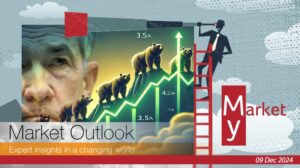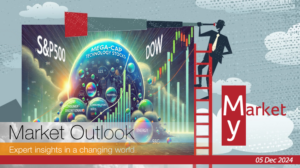
Fed’s Hawkish Shift Sparks Dow’s Worst Drop in Two Years
The December rate cut by the Federal Reserve has caused turbulence in the stock market as traders brace for potential shifts in 2025. With the Fed signaling only two more rate cuts next year, investor sentiment has soured, leading to a sharp market selloff.










